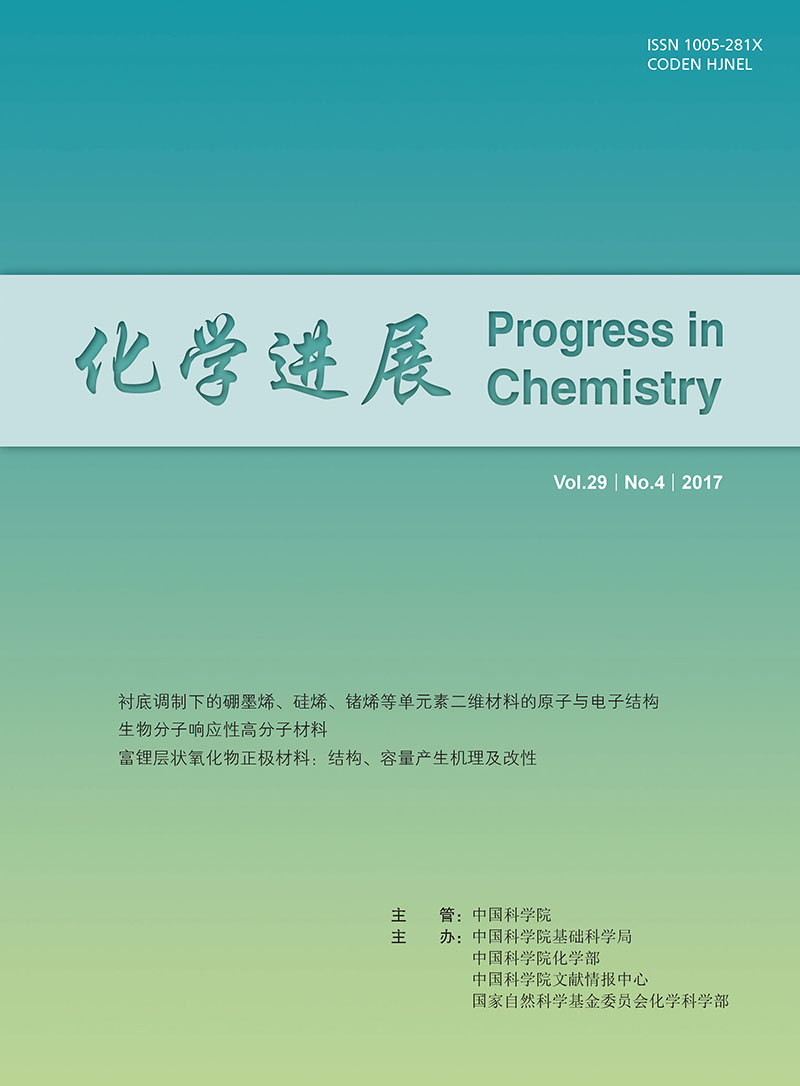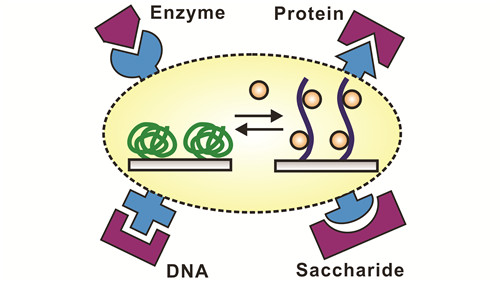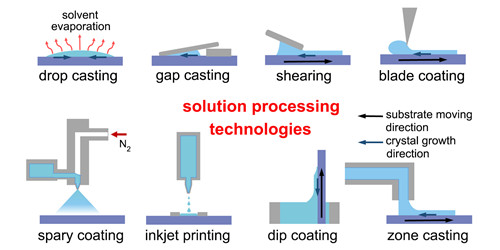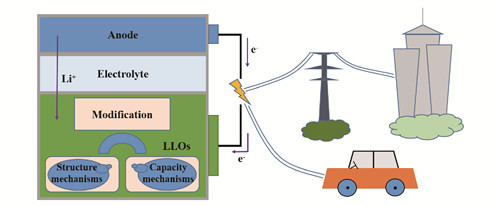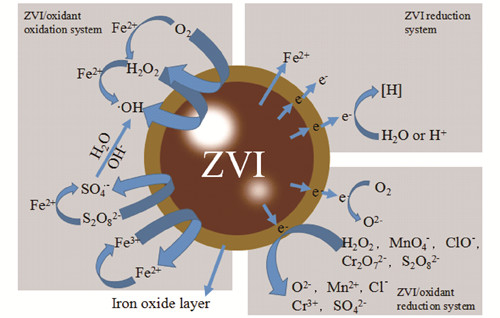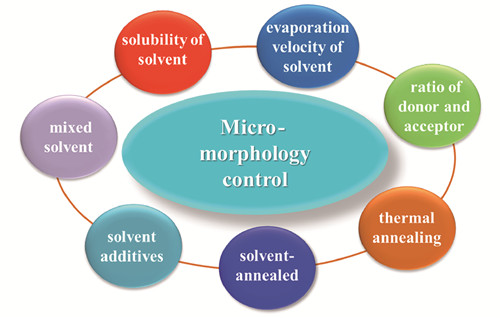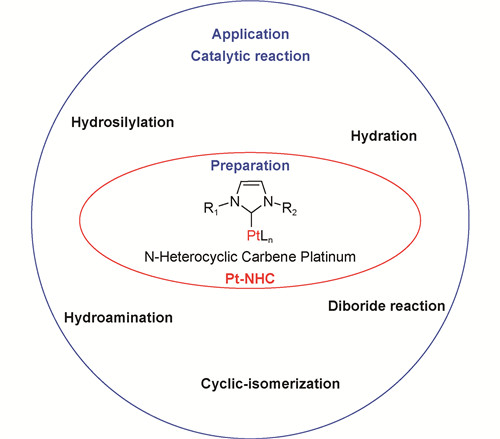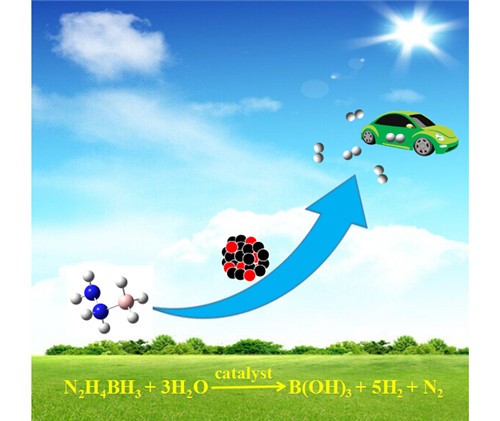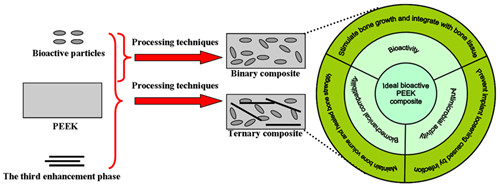In recent years, the use of zero-valent iron (ZVI) for treatment of toxic contaminants in water system has been widely investigated. In the presence of oxidant, such as oxygen (O
2) or hydrogen peroxide (H
2O
2), the electron transfer processes among ZVI, oxidants and contaminants are extremely complex, and the interaction mechanisms between ZVI and oxidants are still inconclusive. Generally speaking, O
2 can promote the formation of iron oxide layer via corrosion of ZVI by water and oxygen, which may block the outward electron transfer and then decrease the reductive ability of ZVI. However, O
2 could be activated via two-electron reduction pathway to produce H
2O
2, thereby forming ZVI/O
2 Fenton-like system. Based on this, the extra addition of H
2O
2, peroxymonosulfate (HSO
5-) or persulfate (S
2O
82-) can react with ZVI and the generated Fe
2+ and then produce strong oxidizing hydroxyl radicals (·OH) and sulfate radicals (SO
4·-), which can efficiently degrade organic contaminants through advanced oxidation processes (ZVI-AOPs). Otherwise, some researchers recently propose another critical role of common oxidants in accelerating ZVI corrosion and then hence in facilitating the electron transfer rate and promoting the reductive performance of ZVI. The combination of ZVI and oxidants can not only show significant synergistic degradation between heavy metals and organic contaminants, but also achieve the degradation and mineralization of refractory pollutants through reduction through ZVI firstly and then oxidation through AOPs. This review summarizes the ZVI-AOPs system and ZVI-reduction system based on the interaction between ZVI and oxidants and their electron transfer processes, as well as makes a summary of the associative effect of ZVI and oxidants. At last, the prospects of the research areas meriting further investigation are pointed out.
Contents
1 Introduction
2 Advanced oxidation processes
2.1 ZVI/oxidant advanced oxidation system
2.2 Physically enhanced ZVI/oxidant system
2.3 Chemically enhanced ZVI/oxidant system
3 Reduction processes
3.1 ZVI/O2 reduction system
3.2 ZVI/H2O2 reduction system
3.3 ZVI/PS reduction system
3.4 ZVI/other oxidants reduction system
4 Associative mechanisms of ZVI and oxidants
4.1 Simultaneous removal of combined pollutants
4.2 Removal of refractory pollutants
5 Conclusion




